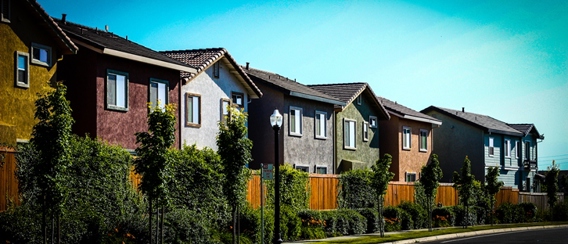Techno watch: A new flavor of FTTx
The BroadBand Forum (BBF), with efforts from the International Telecommunication Union (ITU), is currently working on defining a new node type, for use within the access network at the subscriber-side fiber termination. This node provides a distribution point (DP) that supports one or more high-speed copper drops to individual subscribers.
Although there are similarities between fiber-to-the-distribution-point (FTTdp) and other types of concatenated fiber and copper access systems, there are significant differences such as reverse power feeding, small node size, new copper technology (eventual G.Fast) and low power consumption. The problem with the eventual G.Fast is that its great speeds only work over very short loops. The solution will be to shorten this copper distance by bringing the fiber-optic cable out of street cabinets and moving it closer to homes via FTTdp, which means less copper wire to limit performance.
The DP unit (DPU) will be installed outside the client’s house/flat/building. The DPU will be connected to the WAN (one drop connected to the legacy copper network and another to the ODN). The reverse power feeding equipment is plugged inside the premises.
FTTdp draws power from the customer’s modem. This is an intriguing concept: run fiber to the drop point, but don't bother connecting to the power company Instead, draw a few watts from each of your customer’s modems or small power plugs. This saves money for the telco because getting electricity to points on poles or in ducts is often expensive. Plus, this avoids the delay required to get new power lines installed.
FTTdp solves the problems related to the deployment of superfast fiber broadband, taking care of the key issues of FTTB and FTTH technologies:
- Unlike FTTH, fiber is cabled up to the basement, and broadband access is given to the customer using standard VDSL2 over the existing copper. This means superfast access, limited construction work and faster installation and deployment lead times for carriers.
- Unlike FTTB, every single line is independent and reverse-powered by the end-user's premises using the copper loop itself. This means carriers can handle every new installation in a scalable way, not having to depend on electric utilities, and remaining compliant with standards and regulations.
Thank you for your comments and questions, and please feel free to suggest topics for future blogs.




